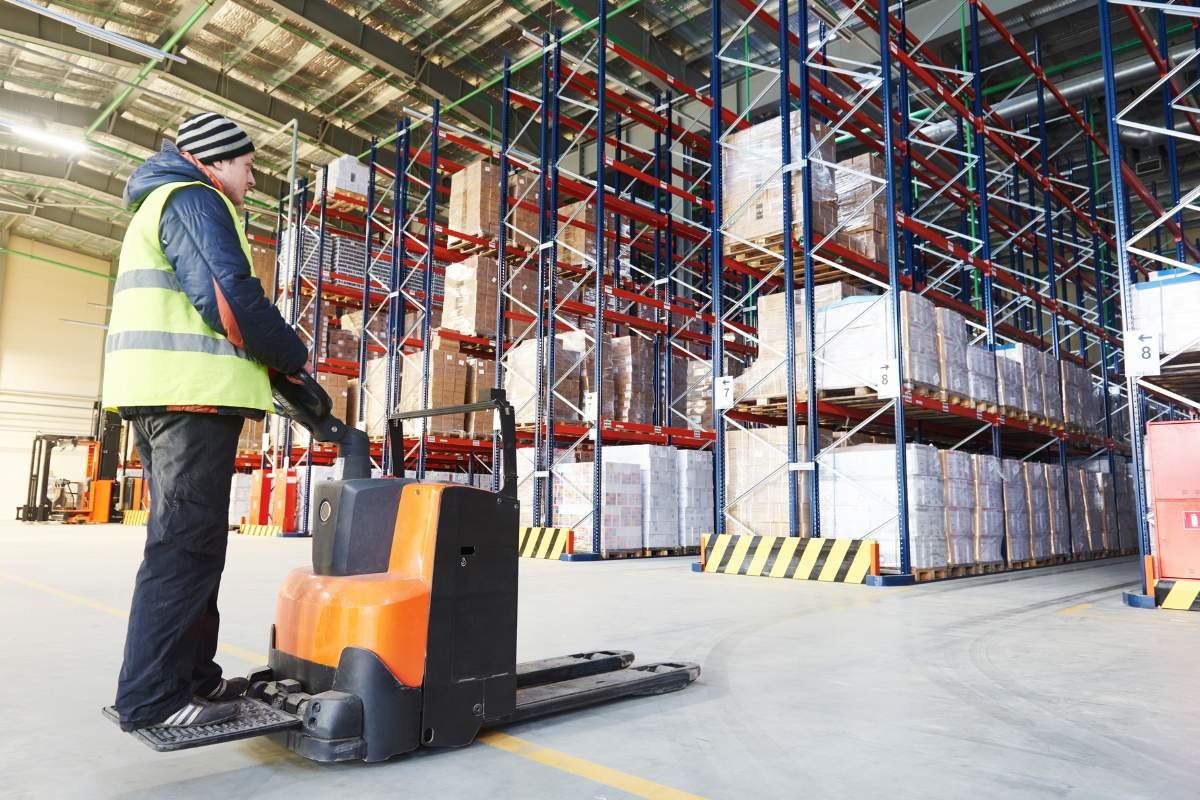Plastic being a regularly utilized thing makes it the most needed thing in mankind. The use of plastic and its product has a count beyond imagination and the digits are gradually increasing day by day. Since the 1970s, the manufacturing and consumption of plastics and goods containing plastic have increased almost exponentially. In fact, Plastic injection molding materials are so pervasive that it is challenging, if not impossible, to look around in an indoor setting without spotting numerous objects that are at least partially made of Plastic injection molding materials in some way. This includes the structural materials that make up the entire indoor setting.
Today, plastics play a crucial role in the manufacturing, distribution, and use of chemicals and medicines in contemporary civilizations, as well as in the preservation, protection, and transportation of a wide variety of essential items, including meals and beverages.
Although the use and consumption of plastic is surely hazardous to the ecosystem yet the more needful use of plastics comes under the medical science sector which needs plastic in implantation and other various equipment. One typical application for plastics is also growing in less obvious ways: Medical equipment and prostheses are frequently made and implanted using plastics. Several examples of utilization of plastic in medical science are hip joints, cardiovascular implants, heart valves, pacemakers, etc.
Plastics are uniquely useful in a wide range of human endeavors due to their special properties, which are not frequently found together in natural materials. These properties include non-reactivity, non-conductivity, flexibility, conformability, malleability, durability, impermeability, foaming capacity, textural variability, and colorization. This usefulness is reflected in the consistently high market demand for materials bearing plastic.
Various uses of Plastic injection molding submerges it in different forms and applications leading to different processes and production units. One type among these is plastic injection molding process in which the method of plastic injection molding involves melting plastic pellets through thermosetting/thermoplastic polymers that, once flexible enough, are injected at pressure into a mould cavity, filling it and solidifying it to create the finished product. The injection moulding plastic parts including different segments of different sectors likely, automotive components, Computers, Household products, etc.
Sustainability of Plastic injection molding
The need for Plastic injection molding is rising day by day. It is important to evaluate the environmental, economic, and societal effects of alternatives to, or avoidance of, plastics as a prevalent material in human civilization while evaluating the sustainability of plastics.
• The recycling mechanisms in place now are ineffective financially. The usage of Plastic injection molding materials in society would, however, be more in line with modern ideas of environmental sustainability if plastic monomers were fully recycled.
• Contrary to conventional belief, scientific life cycle studies of plastics and substitute materials reveal that plastics typically have lower carbon footprints, making them the more environmentally friendly alternative among the present materials in a variety of applications.

• According to those life cycle analyses, replacing plastics with other materials can result in environmental trade-offs that aren’t as environmentally sound.
• Plastics, a relatively new material in the history of the creation of human commodities, are now essential to the survival of advanced society. Suggestions to stop using Plastic injection molding would probably be bad for both environmental and human health.
New Innovation in Plastic Industry
The “recycle” leg of the 3R triangle is coming under more and more pressure globally, mostly for financial reasons. From an economic standpoint, it has been determined that typical recycling operations largely fall short of the market test of profitability. With a few notable exceptions, recycled goods are less valuable on the market than freshly produced goods, which makes recycling less profitable than new production. Because of this value downscaling, conventional recycling requires direct and indirect government support, which not only makes it less efficient economically but also raises political issues with the recycling industry’s overall public financing model.
Plastic injection molding packaging: Businesses now have a competitive advantage and may cut waste while cutting expenses overall thanks to new advancements in plastic packaging for a variety of products.
Bioplastics: New developments in the field of bioplastics are being revealed. Some have developed methods to make some bioplastics edible, while others have used different resources, such rice, to create bioplastics in a more sustainable fashion.

Outside of NPE 2018, many businesses are developing ideas that will positively impact millions of people.
Plastic injection molding Shoes: Adidas and Parley have just partnered to create shoes out of trash from the ocean that is made of plastic. Both hues and sizes are offered for the shoes.
Plastic injection molding Roadways: Businesses all around the world have chosen to use plastic trash in place of cement on roads. Communities can gain a lot from using plastic to pave roads in addition to reducing the quantity of plastic garbage generated.
Trash avoidance, alternative materials and product design, waste management and recovery, ecosystem data and transparency, and engaging society are the focal areas of the Global Plastic Innovation Network. Many companies work on the sustainability and pollution control happening due to plastic. Some of the Best 5 innovative companies working innovatively on the same are listed below:
Angirus: Angirus offers clay-equivalent bricks in India that weigh less than 1 kg and are created from recovered plastic waste to be environmentally friendly. Angirus bricks may be created in any form and size and take one day less production time than traditional clay bricks.
Recycle Points: In Nigeria, RecyclePoints created a point-based reward scheme for recycled plastic. Then, customers can trade their points for home goods available at their local iRecycle stores.
PlastX: PlastX provides a digital platform for engaging with collectors to establish transparent plastic supply chains, assisting businesses in Asia in meeting their packaging commitments with PRC plastic that has been ethically sourced.
Mi Terro: As an alternative to single-use Plastic injection molding and paper products, Mi Terro, a company established in North America, has developed home compostable biomaterials derived from plant-based agricultural waste.

Toynovo: Due to the fact that 80% of toys in Colombia end up in landfills, Toynovo fixes and resells toys, baby gear, and educational materials to ensure a more circular solution to the country’s toy business.





